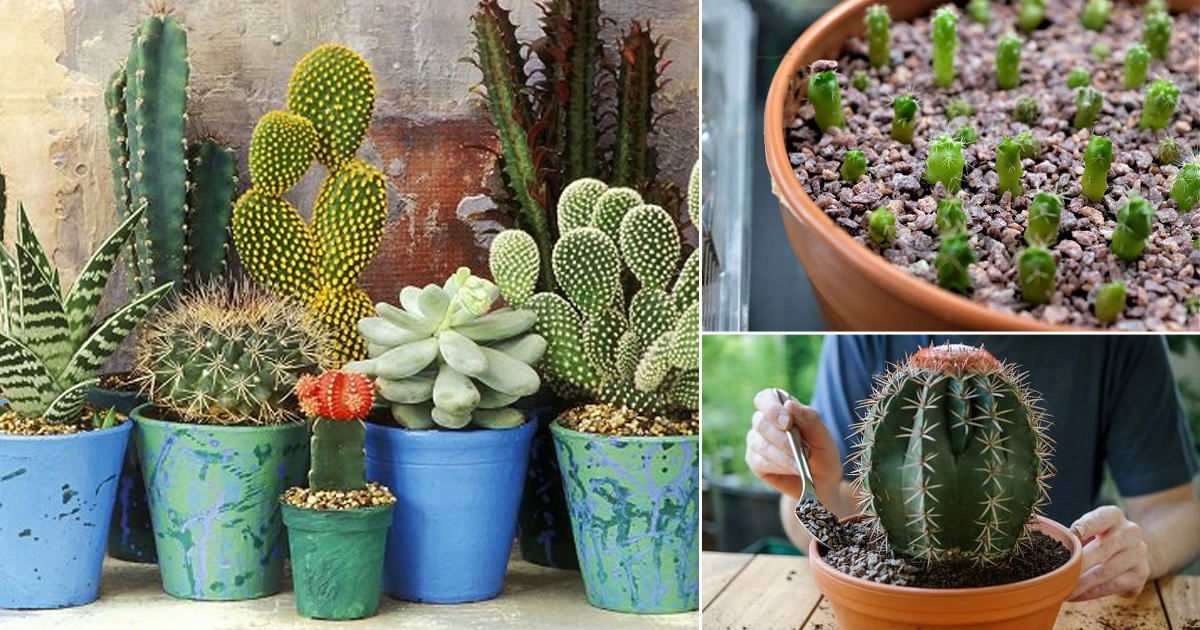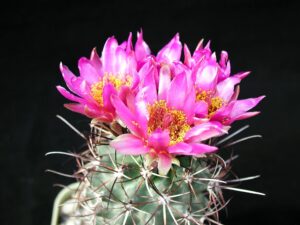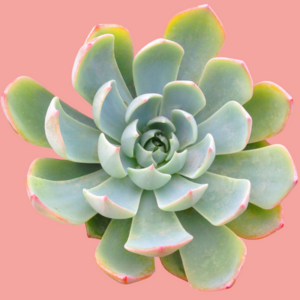Growing cacti from seeds is an exhilarating endeavor that allows enthusiasts to engage deeply with these remarkable plants. Cacti are renowned for their resilience and unique adaptations. However, starting them from seeds can raise a few questions, particularly concerning the proper techniques to ensure germination and healthy growth. This guide aims to address these concerns, providing you with a straightforward method to cultivate your cacti from seeds.
Before embarking on this meticulous journey, it’s essential to choose the right seeds. Not all cacti seeds are created equal, and each species has its specific requirements. Research your desired species and obtain fresh seeds to enhance the likelihood of successful germination.
Here, we explore vital components such as materials needed, ideal conditions, the planting process, and ongoing care for your seedling cacti.
Necessary Materials for Planting Cactus Seeds
To initiate your cactus seed planting journey, assemble a repertoire of specific materials:
- Seed Traays or Pots: Opt for containers with adequate drainage holes to prevent water retention, which can lead to rot.
- Seed-Starting Mix: A specialized soil blend that is light and gritty, often composed of perlite, sand, and peat. This mixture ensures proper aeration and drainage.
- Water Spray Bottle: Instead of traditional watering methods, a spray bottle enables gentle moisture application without overwhelming the seeds.
- Plastic Wrap or Humidity Dome: This helps maintain humidity levels in the initial germination period. It mimics the moisture-rich environments these seeds often require.
- Lighting Source: A bright, indirect light source or a grow light is crucial for seedling development. Ensure the light is adjustable to avoid overheating.
Understanding Soil Composition for Optimal Growth
Soil choice is pivotal when germinating cactus seeds. Using a typical potting mix can result in poor drainage, promoting harmful conditions for the seeds. Here’s a simple recipe for an ideal cactus soil mix:
- 50% Potting Soil: A quality, sterilized potting mixture to provide nutrients.
- 25% Course Sand: Sand enhances drainage and mimics the natural habitat of cacti.
- 25% Perlite or Pumice: This increases aeration and lightens the mix, ensuring that water does not pool around the seeds.
Creating the Perfect Environment for Germination
Cactus seeds thrive in conditions that replicate their native environments. Temperature and humidity are critical factors in the germination process. Generally, a temperature range of 70°F to 80°F (21°C to 27°C) is optimal. Keeping the environment humid initially is also important; this is where your plastic wrap or humidity dome comes in handy.
To maintain the ideal microclimate:
- Place the trays in a warm, brightly lit area, avoiding direct sunlight that may overheat the seeds.
- Keep an eye on moisture levels. Use your spray bottle to gently moisten the soil without flooding it.
- After a week or two, once you see germination, gradually reduce humidity by removing the cover and allowing for better airflow.
The Process of Sowing Cactus Seeds Step by Step
Once you’ve prepared your materials and created an optimal environment, it’s time to plant the seeds. Follow these steps to ensure a successful sowing experience:
- Fill your containers: Fill each pot or tray with the prepared soil mix, leaving about half an inch from the top.
- Sow seeds sparingly: Sprinkle the cactus seeds over the soil surface. Avoid overcrowding, as this can lead to competition among seedlings.
- Press gently: After scattering the seeds, lightly press them into the soil to ensure contact without burying them, as cactus seeds typically need light for germination.
- Moisten the soil: Use the spray bottle to water the prepared soil, ensuring all areas are evenly dampened without waterlogging.
- Cover with plastic: Seal the containers with plastic wrap or place them under a humidity dome to create a greenhouse effect.
Ongoing Care for Your Cactus Seedlings
Once germination occurs, typically within a few weeks but varying by species, it’s essential to shift focus to nurturing your new plants.
- Light exposure: Gradually transition your seedlings to more direct light; slowly acclimate them to prevent shock.
- Water wisely: Begin watering as the topsoil dries; never allow the soil to remain waterlogged.
- Fertilize lightly: After a few months, consider using a diluted cactus fertilizer to boost growth. Always follow package instructions.
Final Thoughts: Embarking on Your Cactus Journey
Planting cactus seeds is a rewarding hobby that requires patience and attention. With the right materials, understanding of the growing environment, and adherence to the steps outlined above, you can cultivate flourishing cactus plants. Remember, each species may have unique requirements, but fundamental practices can appropriately guide your efforts.
As you nurture your sprouting cacti, savor the enlightening process of watching them grow from tiny seeds into resilient, beautiful plants that will thrive for years to come.





Leave a Comment